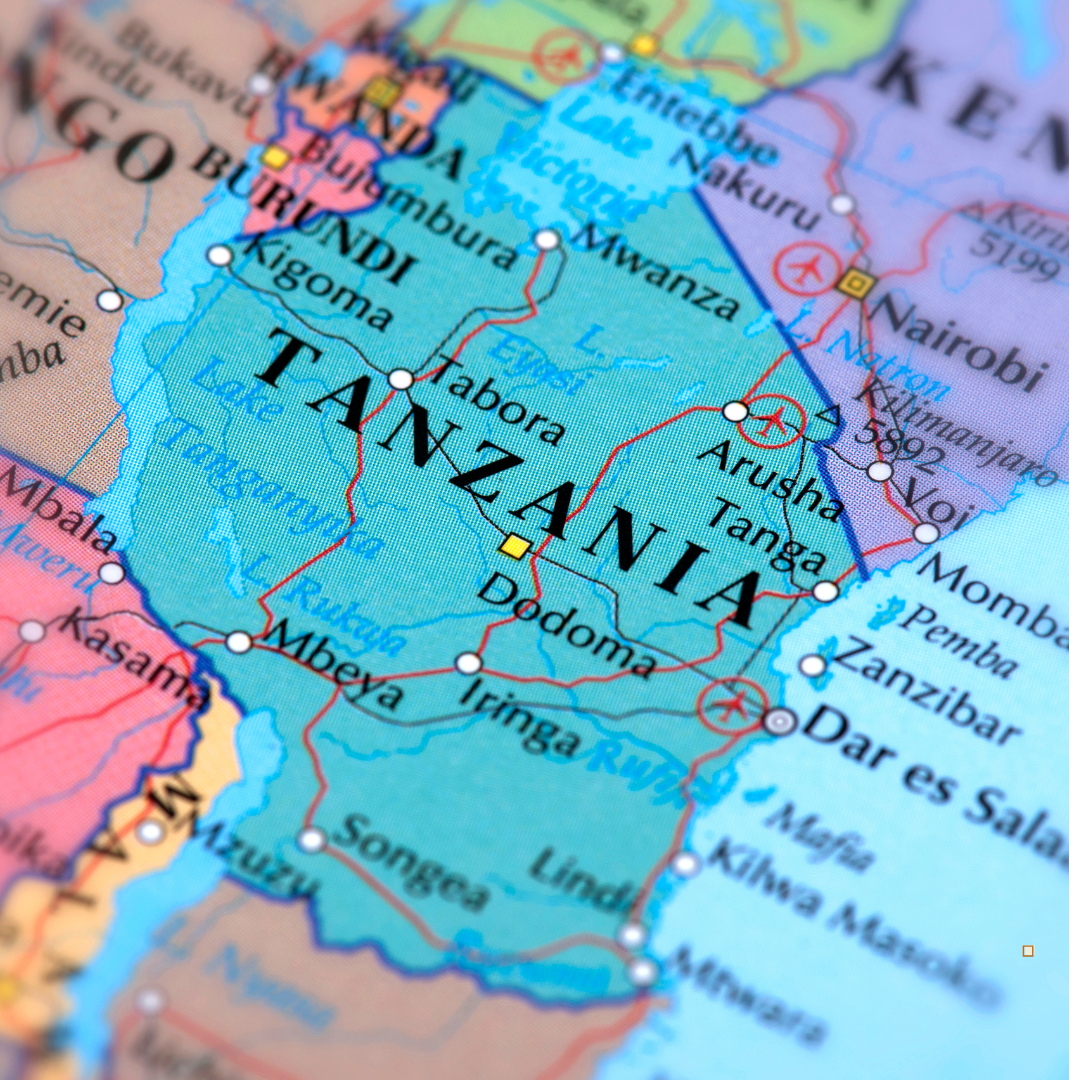
The Story Behind Tanzanian Peaberry Coffee Farms: Rich Soil and Rich History
Tanzanian Peaberry coffee has long enchanted those of us who crave a bright, lively brew, and I’ve often found myself marveling at the journey these tiny, flavorful beans take before reaching your cup. Each batch, harvested from the rich soils of East Africa, tells a story of tradition, geography, and the hard work of farmers dedicated to quality. These pearls of coffee develop their distinct identity—from the sun-kissed slopes where they grow to the centuries-old techniques that have defined their cultivation. It’s a narrative of people and place merging in one extraordinary cup.
A Heritage Rooted in the Earth
Tanzanian Peaberry coffee is more than just another variety on the specialty market; it stands apart not only for its rounder bean shape but also for the unique taste profile that originates in the heart of Tanzania’s highlands. I recall the first time I cupped this coffee, letting the initial aroma wash over me. The bright, almost citrusy fragrance hinted at fruity undertones, followed by a subtle sweetness that reminded me of ripe stone fruits. What’s especially fascinating is how the bean’s environment breathes life into these flavors. Tanzanian growing regions often feature mineral-rich volcanic soil, plenty of rainfall, and the perfect balance of sun and shade. As the beans develop, they absorb minerals from the ground and nuances from the microclimate, shaping a flavor that’s truly their own—slightly acidic, surprisingly floral, and incredibly vibrant.
You might wonder why Tanzanian coffee consistently ranks high among specialty enthusiasts. Much of it comes down to geography. The country boasts a patchwork of microclimates—diverse elevations and temperatures that influence the bean’s maturation. In certain pockets, cool nights help lock in acidity, while warm days promote fruit-forward flavors. In other areas, unique soil composition can yield complex notes of spice or even gentle cocoa. The land itself is teeming with biodiversity, which helps support healthy coffee plants. When you sip a cup of these beans, you’re essentially tasting the mountain slopes, the crisp air, and the dedicated effort poured into every harvest.
Cultivation Methods Passed Down Through Generations
Tanzanian Peaberry coffee thrives thanks to age-old farming practices that have been refined and passed along through generations of coffee growers. Whenever I travel to learn about coffee—from East Africa to Latin America—I’m reminded that the coffee cultivation process is both art and science. It demands a keen awareness of how moisture, temperature, and soil composition affect the cherry’s growth. Traditional farmers often use a mix of organic methods and careful timing, selecting only the ripest cherries by hand and processing them in small batches. This attention to detail ensures that each bean is treated like a precious gem—something worth nurturing to its fullest potential.
There’s a tender balance between modernization and heritage. While some regions integrate newer techniques like controlled fermentation or advanced irrigation, many still rely on time-tested routines that have formed the backbone of coffee farming for decades. This mix of old and new preserves the character of coffee from Tanzania. Add in the smaller yield of peaberries (where only one rounded seed forms in the coffee cherry instead of two) and you get a bean that’s both rare and revered. It’s an agricultural testament to resilience, meticulous craft, and a devotion to flavor that leaves a lasting impression in your cup.
The Intricate Journey from Farm to Cup
Before these beans even make it to a roastery, they undertake a carefully orchestrated journey. It begins, of course, with planting the seedlings—often in raised beds or well-drained plots that protect against disease. Farmers then vigilantly monitor the weather, adjusting shade and water supplies as needed. Each stage matters: timely fertilizing, pruning, and harvesting can mean the difference between a flat cup and a flavor explosion. When the cherries finally ripen, they’re typically handpicked to ensure only the best are selected. Afterward, the cherries undergo wet or dry processing, each method influencing the final taste. Wet processing often yields a cleaner, more nuanced cup, whereas dry processing can bring out more fruit-forward complexity.
Once processed and dried, the beans are bagged and prepared for transport. Much of what makes them special is preserved in this phase, as poor handling or storage can negate months—or years—of careful farming. That’s why roasters keep a close watch on quality at every step, ensuring that what arrives for roasting is pristine. From there, it’s up to the roast profile to highlight each delicate characteristic, whether you prefer a lighter roast that preserves floral notes or a slightly darker one that amplifies cocoa undertones. The result is a cup that awakens your senses—at once bright, sweet, and intriguingly layered.
A Cupful of Cultural Significance
When discussing the land and labor that go into a single bag of Peaberry coffee, we can’t ignore the cultural tapestry binding it all together. In Tanzania, coffee growing can be woven into community traditions, with families often working the same plots for generations. Festivals marking harvest seasons, shared meals after long days in the field, and cooperative models that pool resources—all reflect the communal spirit behind your morning brew. By choosing these beans, you’re connecting with an entire heritage of people who’ve stewarded the land and developed an intimate relationship with the crop, respecting nature’s rhythm and the promise of each growing season.
Drinking coffee isn’t just about fueling your day—it’s about appreciating the stories of countless individuals who contributed to that moment when hot water meets ground beans. It’s about acknowledging that each sip carries echoes of tradition, the memory of hands that harvested ripe cherries at dawn, and the land that provided nourishment. For many, that’s part of coffee’s enduring appeal—knowing the comforting brew is more than a commodity; it’s a celebration of life, history, and shared human effort.
Enrich Your Cup with Tanzanian Peaberry Coffee
Tanzanian Peaberry coffee holds a special place in our hearts, and at Frontier Coffee Roasters, we’re committed to making this treasured bean accessible to all who seek remarkable flavors. With our range of premium coffee beans, small-batch roasts, and fast delivery, we offer you the chance to experience the full spectrum of tastes that this unique origin has to offer. One week, you can explore the citrus brightness of a light roast, and the next, savor the rich, chocolate-toned notes of a medium roast. Each of our curated selections highlights nuances you might not have discovered otherwise, letting you dive deeper into the history and character of a coffee that truly resonates. Discover more with our Tanzanian Peaberry Coffee and explore the Frontier Roasters Coffee Hub and Tanzanian Peaberry Coffee Hub.

